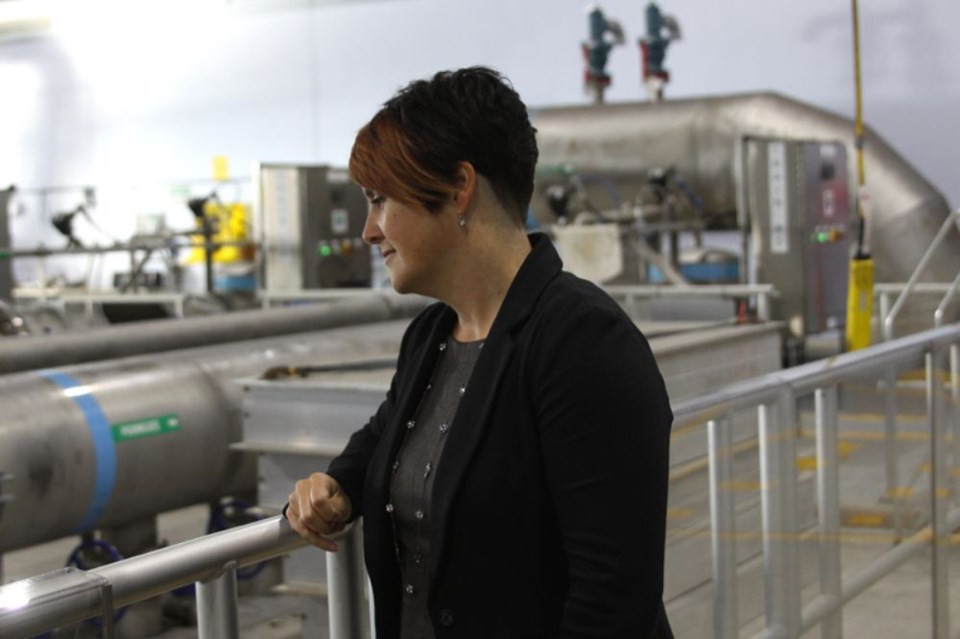THUNDER BAY -- A group wants the city to rethink its plan to add a new chemical to the water supply.
Starting in January small amounts of sodium hydroxide will be added to city water, first as a pilot program in Current River, in order to address concerns that around 8,000 homes city-wide still have lead feeder pipes. A program was launched to get homeowners to change the pipe but the city didn't get much interest.
Those pipes are private property but the city is still required by law to make sure the drinking water is safe. As a result it will spend around $500,000 a year for the chemical, which will make sure any lead from those pipes won't end up in a home's water supply.
"You will not be able to tell, taste, smell once this chemical is added," Bare Point operations supervisor Erin Marcella-Fui said.
"If we did not notify the public you would not know."
But Thunder Bay Water Watch says the water will be bitter and the chemical will increase scaling in water pipes. They have a petition with more than 300 signatures and recently sent a letter to city council asking that the city look at other options.
Group member Paul Berger says they want the city to take the money it would spend on sodium hydroxide, what he calls a costly eternal band-aid solution, and help subsidize homeowners instead.
"We think that there are alternatives to putting a lot of chemicals in the water at great cost," he said.
Marcella-Fui said while the current plan is cost effective, it is also the best option for the city. Under the group's plan the onus would be on the homeowner. Getting people to change their feeder was already tried without much success. Even with a subsidy getting the line replaced could be costly. And the city would still be liable.
"We are always looking at options but we were required to develop a plan," Marcella-Fui said.
The group is also concerned about potential damage to the city's water system and also potential health risks. Marcella-Fui said those concerns are unfounded.
"We're regulated very heavily to not use anything that would ever cause harm or would make the water unsafe to drink," she said.
pH levels would be raised to a target between 9 and 9.6 under the plan other concern for the group. Marcella-Fui said that range would be high for recommendations made by Health Canada from 1979. But a new draft plan for ph levels in drinking water is raising that to 10.5.
Marcella-Fui said the city welcomes anyone to come to the plant for tour to learn more.
"It's disappointing because we do try very hard to promote a positive quality drinking water campaign," Marcella-Fui said.
"We encourage the questions and we discourage the myths."
Note to readers: This version clarifies an earlier version that stated the chemical would not raise pH levels in the water.
